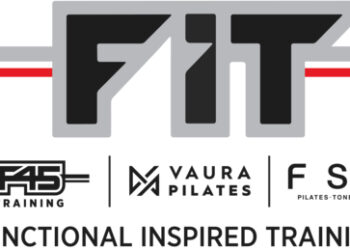Entering the medical fitness space can reap great benefits for health clubs. However, you shouldn’t jump into the medical fitness space lightheartedly. Prior to doing so, consider what Greg Degnan, the medical director of ACAC, suggested to keep in mind.
1. You can’t market direct to consumer. The population you are going after are the deconditioned who have either never tried to become fit or have failed. They have not heard our message for the last 30 years and won’t now.
2. You must have a strategy to market to and partner with the “keeper’s” of this population — their physicians, employers, or allied health care providers (physical therapists, etc.).
3. If you want providers to trust you with this special needs population you must demonstrate that you provide a “safe haven” with the expertise to manage their “patients” (credentials, licenses, continuing education and letters after your name do matter to the medical community).
4. Exercise is not enough. This population also needs nutritional help. It must be a part of your programming. This is true when marketing to providers and also true if you are to produce the results that will earn their trust.
5. This population is intimidated by our facilities. Spandex and chrome are not a comfort zone for them. Set aside a specific area of the club for this population and staff it with someone who loves this type of client. Make it someone who is willing to teach exercise 101.
6. Create a basic circuit with some machines, dumbbells and cardio. Keep it simple so they are guaranteed to succeed.
7. Third-party reimbursement is the perceived “holy grail.” We are a long way from that being a reality so design your programming around inexpensive introductory programs that will generate membership. Membership is still our primary business.
8. These patients (members) require a different kind of motivation. It is critical to pick your trainers with that in mind. Having trainers on the ground floor who embrace this population is critical for your success.
9. Your facilities must be set up to be user friendly for this population. Specifically you must have adequate room between stations to accommodate the morbidly obese and people with ambulatory assists (walkers, canes, etc). Machines should be chosen with this population in mind — changing plates or adjusting seats can be difficult for the arthritic or less dexterous elderly population.
10. Creating a referral pathway to an “open gym” setting is a formula for disaster. This population needs basic instruction. Create programming that teaches the fundamentals and then encourages progression.
The most important thing to remember is this — don’t dabble. This population needs and deserves better than a niche program in the corner. If you believe in this concept embrace it and make this programming something that sets your club apart from your competition
Stay ahead in the fitness industry with exclusive updates!
Rachel Zabonick-Chonko is the editor-in-chief of Club Solutions Magazine. She can be reached at rachel@peakemedia.com.











